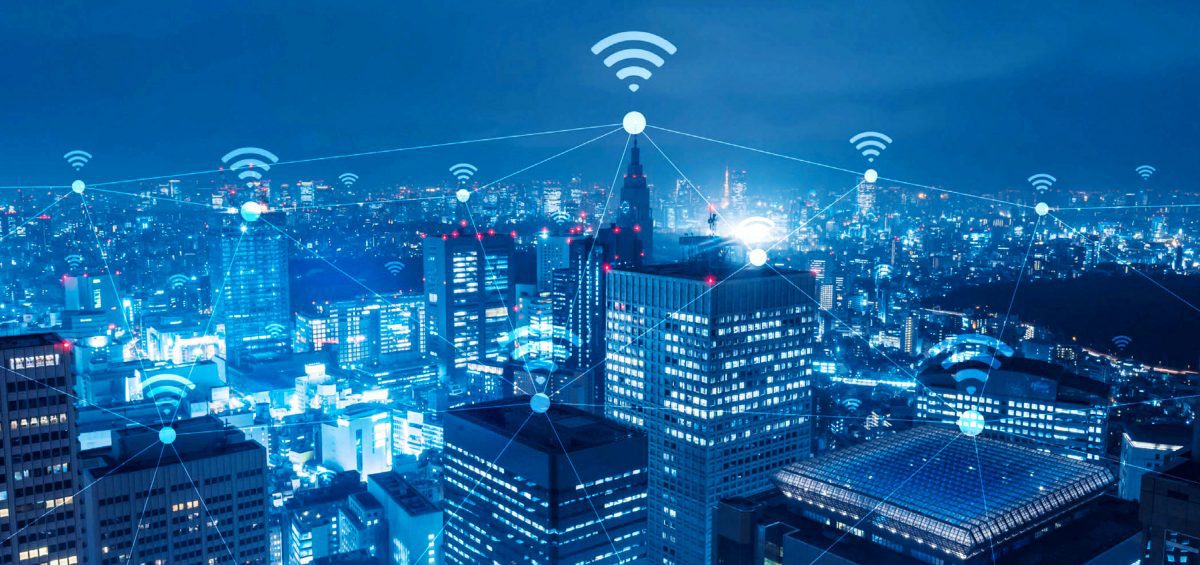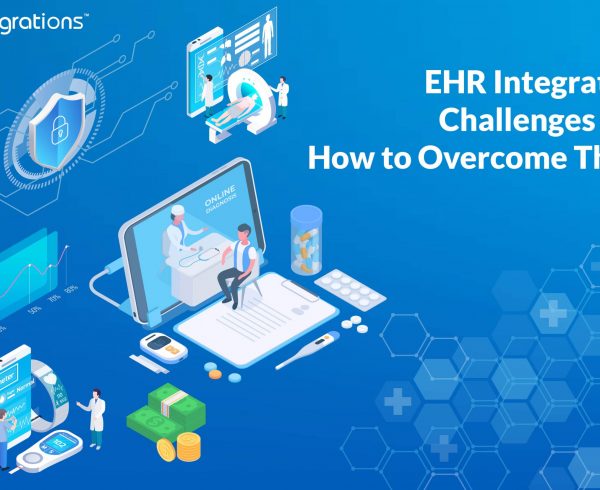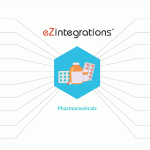How are you reading this article right now? Perhaps this might be on your mobile screen, a tablet, or a desktop, but whatever device you’re using to read this article is mostly connected to the internet.
Internet of Things (IoT): the term is used to describe anything and everything that can be possibly connected. From smart microwaves, which get your food heated before you arrive from work to intelligent thermostats, whose smart sensors help you turn up the heating system, to self-driving cars that have sensors to detect objects in their path.
This is what happens when sensors and devices are connected – ubiquitous internet connectivity collides.
IoT in 2020 and Beyond
In terms of potential, IoT has created increasingly tangible businesses across every industry. Let us dive deeper and look at what the Internet of Things has in store for us.
- By the end of 2020, we expect to see near around 20 billion devices connected across the world, predicts Gartner. Fast forward to 2021, an estimated number of 34 billion devices to stay connected.
- IoT to boost artificial intelligence (AI) in the upcoming years. Coffee makers, intelligent thermostats, lighting systems, or even smart home hubs will collect data based on the pattern you use them. These devices record what you speak to them thus initiating faster heavy volumes of data transfer to the cloud. Such data helps in facilitating machine learning.
- Machine learning, a subset of AI helps the computer learn through experience and without any human intervention. Thus, machine learning becomes a critical aspect of IoT that further boosts AI.
- IoT to boost the development of smarter cities. Not only consumers will benefit from IoT, but even the cities have started adopting smart technologies – to enable its citizens to live a hassle-free life. With the help of the Internet of Things, traveling from one place to another gets easier for the citizens. Data can be easily collected and managed through visitor kiosks, video camera surveillance systems, and taxi services, etc.
- As the Internet of Things expands so will the concerns for security. This technology is likely to offer limitless opportunities and boost communication between devices and data sharing. However, the same function may lead to high vulnerability from the security point of view. As a network of devices stays connected, it becomes challenging to regulate and keep the data safe. Therefore, organizations need to develop efficient and better solutions to make sure the data is safe.
Top IoT Applications Driving Innovation for Businesses by End of 2020 and Beyond
The IoT Analytics Research – July 2020, tracked multiple verticals that dealt with IoT projects. The latest research showcased the most projects to take place in the manufacturing and industrial setting, most specifically in verticals related to energy, transportation, retail, and agriculture.
Manufacturing and Industrial Setting
Sectors such as manufacturing and industrial have driven IoT applications to the top-level – efficiency and optimization. For example, in the manufacturing sector, the IoT connects to the systems and the people to achieve productivity and better integration of plant processes taking the manufacturing sector altogether to the next level i.e. industry 4.0.
Some of the best examples of IoT in manufacturing include predictive repairing, asset tracking, logistics management, and remote production control.
Energy
In the next 25 years, the Global energy consumption is expected to increase by more than 40 percent. This calls for for smarter energy solutions to meet the incremental needs. From generating to transmitting to distributing and changing how customers of these energy companies behave, IoT is already seen making strides in the industry.
By 2024, the Internet of Things in the energy market predicts an increase of USD 33.34 billion from USD 12.84 billion in 2018, says ResearchAndMarkets.
Transportation
Considered as the second largest IoT application in 2020, the transportation industry is set to transform new businesses, mobility, and safety measures for drivers. At its core, IoT is set to reinvent the transportation industry for a better and smarter world. According to IDC, the IoT spending in Asia/Pacific is bound to reach USD 398.6 billion by 2023 making it the global leader for the Internet of Things.
The technology projects to transform the transport industry by changing the way how the transportation system gathers data and how it is utilized. The benefits of such an application in the industry involve maintenance of the vehicle’s health, curbs the traffic, boost operational performance, increased safety, and reduce the use of energy.
Retail
In the present day, retailers have started realizing the impact of how IoT technologies can improve costs and processes, optimize product usage, monitor and predict in-store wait timings, and keeping the customer updated on the product delivery status.
McKinsey predicted the potential economic impact of IoT in the retail industry will range between USD 410 billion to USD 1.2 trillion per year by 2025. The Internet of Things in the retail industry optimizes supply chain management, reduces inventory error, and decreases labor costs.
Agriculture
IoT not only provides communication infrastructure that helps connect every single object from the sensors to the users’ device but also helps in collecting data for making a better decision. Farming on the other hand has seen a drastic alteration in recent years becoming technology-driven. IoT helps monitor climate, greenhouse automation, crop management, and livestock monitoring, etc.
The IoT-based smart farming is a system developed to monitor crop field using sensors to balance the light, temperature, humidity, soil moisture, and automate irrigation system. A farmer can easily monitor their field conditions from anywhere across the globe.
With recent advancements of the Internet of Things in agriculture, the IoT-based smart farming offers high efficiency as compared to the conventional approach.
Internet of Things projects to be the new trendsetter in today’s world owing to the advanced applications. With the rising demand, IoT technologies will enable real-time monitoring and generate opportunities for new business models.










